The Langtang Valley Trek is a remarkable journey through Nepal’s breathtaking landscapes, offering stunning views of snow-capped peaks, lush forests, and traditional villages. As you plan your trek, understanding the accommodation options along the route is crucial for a comfortable and enjoyable experience. In this blog, we will explore the various types of accommodation available on the Langtang Valley Trek, providing you with detailed information to help you plan your stay.
Introduction to Langtang Valley Trek Accommodation
Accommodation is a significant aspect of any trek, as it provides a place to rest, recover, and connect with fellow trekkers. The Langtang Valley Trek offers a range of accommodation options, from basic teahouses to more comfortable lodges. Each has its own unique charm, and choosing the right one can greatly enhance your trekking experience.
The trek begins in Syabrubesi, a small town that serves as the gateway to the Langtang Valley. From there, the trail winds through picturesque villages like Lama Hotel, Langtang Village, and Kyanjin Gompa, each offering its own accommodation options. Understanding what to expect at each stop will help you plan your journey and budget accordingly.
Teahouses: The Heart of Langtang Valley Accommodation
Teahouses are the most common form of accommodation on the Langtang Valley Trek. These simple, family-run lodges offer basic rooms, meals, and a warm place to rest after a day of trekking. Teahouses are an integral part of the trekking culture in Nepal, providing not just shelter but also a chance to experience the local way of life.
Most teahouses offer small rooms with twin beds, a mattress, a pillow, and blankets. The walls are usually thin, so it’s important to bring earplugs if you’re a light sleeper. Bathrooms are shared, and hot showers are often available for an additional fee. Despite their simplicity, teahouses are welcoming and cozy, making them a favorite among trekkers.
Accommodation in Syabrubesi: The Starting Point
Syabrubesi is the starting point for the Langtang Valley Trek. It’s a small town with several accommodation options, ranging from basic teahouses to more comfortable lodges. Most trekkers spend a night here before beginning their trek, making it an important stop on the journey.
Teahouses in Syabrubesi offer simple rooms with basic amenities. Prices range from USD 5 to 10 per night, depending on the season and the specific lodge. Some lodges also offer hot showers and Wi-Fi, usually for an extra charge. It’s a good idea to book your accommodation in advance, especially during peak trekking seasons, to ensure you have a comfortable place to stay.
Accommodation at Lama Hotel: Your First Stop on the Trail
Lama Hotel is the first major stop on the Langtang Valley Trek. It’s a small village nestled in a forested area, offering a tranquil setting for trekkers. The teahouses here are basic but comfortable, providing a much-needed rest after the initial day of trekking.
Rooms at Lama Hotel are typically small, with twin beds and shared bathrooms. The teahouses also serve meals, with a menu that usually includes dal bhat (rice with lentils), pasta, and other simple dishes. Prices for rooms range from USD 5 to 10 per night, with additional charges for hot showers and charging electronic devices.
Despite the basic facilities, the warm hospitality of the teahouse owners makes Lama Hotel a pleasant stop. Many trekkers enjoy the peaceful atmosphere here, which is a stark contrast to the bustling city of Kathmandu.
Accommodation in Langtang Village: A Cultural Experience
Langtang Village is one of the most significant stops on the trek, offering both cultural and historical insights. The village was heavily affected by the 2015 earthquake, but it has since been rebuilt, and the teahouses here are more modern compared to other stops.
Accommodation in Langtang Village varies, with options ranging from basic teahouses to more comfortable lodges. Rooms are generally similar to those found at Lama Hotel, with twin beds and shared bathrooms. Some lodges offer attached bathrooms and hot showers, though these come at a higher price.
Staying in Langtang Village offers trekkers a chance to interact with the local Tamang people and learn about their culture. The village is also a great place to rest and acclimatize before continuing to higher altitudes.
Accommodation at Kyanjin Gompa: The Final Destination
Kyanjin Gompa is the final destination on the Langtang Valley Trek, located at an altitude of 3,870 meters. The village is known for its stunning views of the surrounding peaks and the famous Kyanjin Monastery. Accommodation here is more limited compared to other stops, but the experience is unforgettable.
Teahouses in Kyanjin Gompa are basic, with rooms similar to those in Langtang Village. However, due to the altitude and remoteness, prices are slightly higher, ranging from USD 7 to 12 per night. Some lodges offer hot showers and Wi-Fi, though the services may be less reliable.
Staying in Kyanjin Gompa allows trekkers to explore the surrounding area, including hikes to Kyanjin Ri and Tserko Ri, which offer panoramic views of the Himalayas. It’s also a great place to spend a few days acclimatizing before heading back down the trail.
Meals and Dining in Teahouses
Food is an essential part of your trekking experience, and the teahouses along the Langtang Valley Trek offer a variety of meals to keep you fueled for the journey. The menus are usually similar across teahouses, with a mix of traditional Nepali dishes and more familiar Western options.
Dal bhat, a staple meal of rice, lentils, and vegetables, is the most common dish and is often the most filling and nutritious option. Other popular meals include noodles, pasta, and Tibetan bread. Breakfast usually consists of items like porridge, eggs, and pancakes.
Meal prices range from USD 4 to 7, depending on the location and the dish. It’s important to remember that as you ascend higher into the mountains, food prices increase due to the cost of transporting supplies to these remote areas.
The Role of Teahouse Owners in Your Trek
The teahouse owners play a crucial role in your trekking experience, offering not just accommodation but also a glimpse into the local culture. Many teahouses are family-run, and staying at these lodges allows you to interact with the locals and learn about their way of life.
Teahouse owners are known for their hospitality and often go out of their way to ensure trekkers are comfortable. They can provide valuable information about the trek, the weather, and the best routes. In return, trekkers are encouraged to support the local economy by staying at these teahouses, purchasing meals, and leaving a tip if they are satisfied with the service.
What to Expect from the Facilities
Facilities in the teahouses along the Langtang Valley Trek are basic but sufficient for most trekkers’ needs. Most rooms are unheated, so it’s important to bring a good-quality sleeping bag, especially during the colder months. Some teahouses may offer extra blankets, but these are usually limited.
Bathrooms are typically shared, with squat toilets being the norm. Some teahouses offer hot showers for an additional fee, usually ranging from USD 2 to 3. However, at higher altitudes, hot showers may not always be available, so be prepared for cold water.
Electricity is available in most teahouses, but charging your electronic devices often comes at a cost of around USD 1 to 2 per hour. Wi-Fi is available in some teahouses, though it’s usually slow and unreliable, especially at higher altitudes.
The Importance of Booking in Advance
While most trekkers can find accommodation without prior booking, it’s advisable to book in advance during the peak trekking seasons of spring (March to May) and autumn (September to November). These periods see a high number of trekkers, and teahouses can fill up quickly.
Booking in advance ensures that you have a guaranteed place to stay, particularly in popular stops like Langtang Village and Kyanjin Gompa. Some teahouses also offer discounts for advance bookings, which can help reduce your overall accommodation costs.
Sustainability and Responsible Tourism
As tourism grows in the Langtang Valley, it’s important to practice responsible tourism and support sustainable practices. Many teahouses are making efforts to reduce their environmental impact by using solar power, managing waste responsibly, and offering locally sourced food.
Trekkers can contribute by minimizing their use of plastic, using water purification methods instead of buying bottled water, and supporting teahouses that engage in sustainable practices. By choosing eco-friendly accommodations, you help preserve the natural beauty of the Langtang Valley for future generations.
Cultural Etiquette in Teahouses
Staying in teahouses provides an opportunity to immerse yourself in the local culture, but it’s important to respect local customs and traditions. This includes dressing modestly, especially in communal areas, and following the rules set by the teahouse owners.
It’s also polite to remove your shoes before entering the teahouse, as many have carpeted or wooden floors that are kept clean. When dining, it’s customary to wait for everyone to be served before starting your meal, and tipping for good service is always appreciated.
The Future of Accommodation in Langtang Valley
The Langtang Valley Trek continues to evolve, and so do the accommodation options. As more trekkers discover this stunning region, new teahouses and lodges are being built, offering a wider range of facilities and services.
In the coming years, we can expect to see more teahouses incorporating modern amenities, such as en-suite bathrooms and better heating options, while still maintaining the traditional charm that makes the Langtang Valley Trek so special. However, it’s essential that this growth is managed sustainably to preserve the natural environment and cultural heritage of the region.
Tips for Choosing the Right Accommodation
Choosing the right accommodation on the Langtang Valley Trek can greatly enhance your trekking experience. Here are a few tips to help you make the best choice:
- Research in advance: Read reviews and get recommendations from other trekkers to find the best teahouses along the route.
- Consider your budget: While all teahouses are relatively affordable, prices can vary. Plan your budget accordingly.
- Location matters: Choose teahouses that are conveniently located along your trekking route, so you don’t have to walk extra miles.
- Check for amenities: If you need specific amenities like hot showers or Wi-Fi, make sure the teahouse offers them.
- Book in advance: During peak seasons, pre-booking can save you the stress of finding accommodation after a long day of trekking.
Conclusion: A Home Away from Home
Accommodation on the Langtang Valley Trek is more than just a place to sleep; it’s a home away from home, offering warmth, comfort, and a connection to the local culture. Whether you choose a basic teahouse or a more comfortable lodge, your stay will be an integral part of your trekking experience.
By understanding the accommodation options available and planning accordingly, you can ensure a comfortable and memorable journey through the stunning Langtang Valley. Embrace the simplicity, enjoy the hospitality, and immerse yourself in the beauty of the Himalayas.
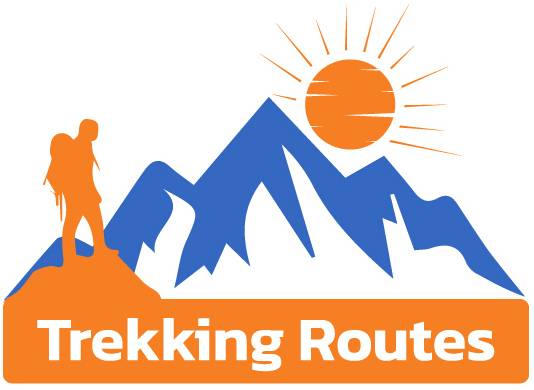

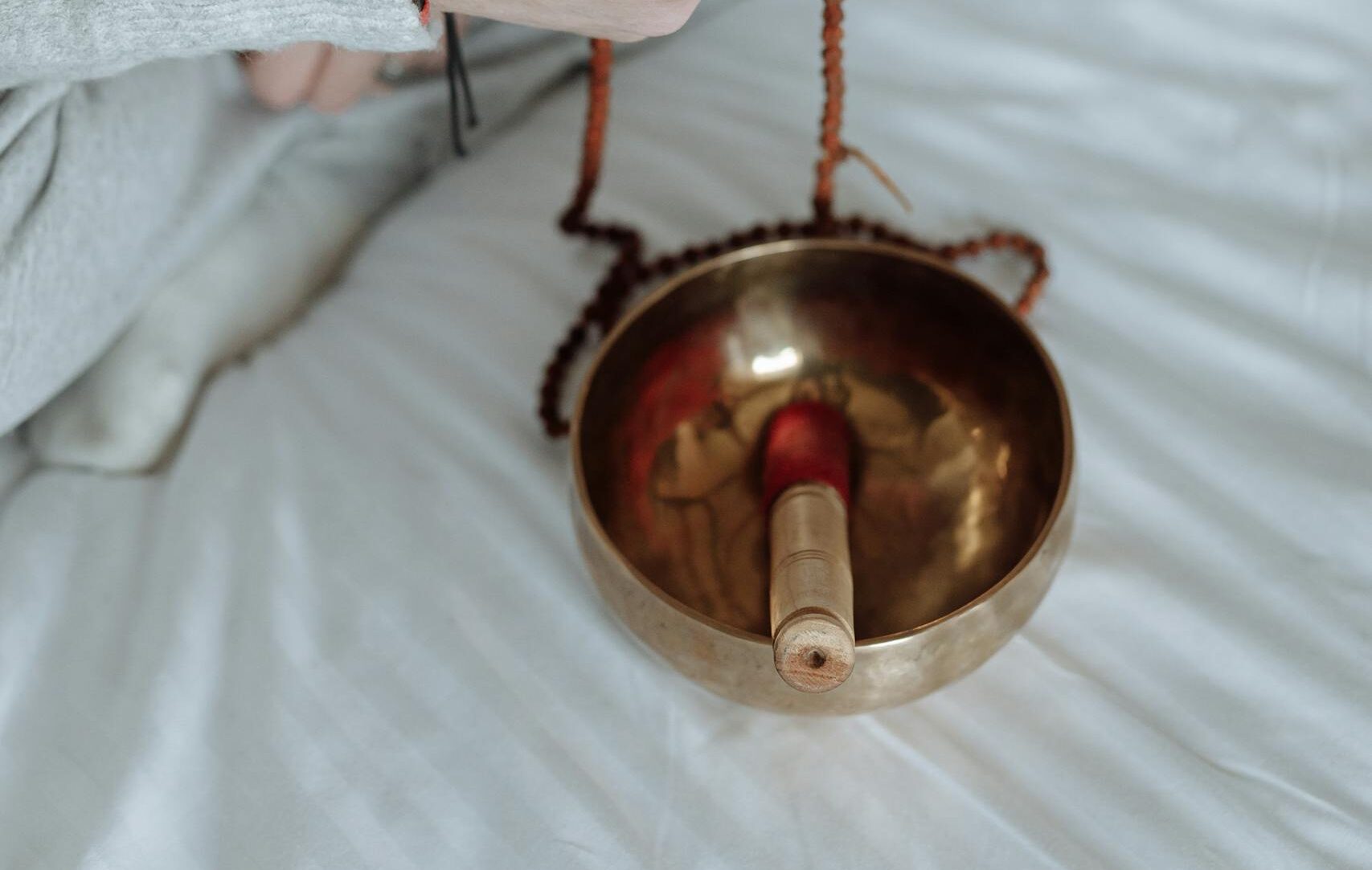
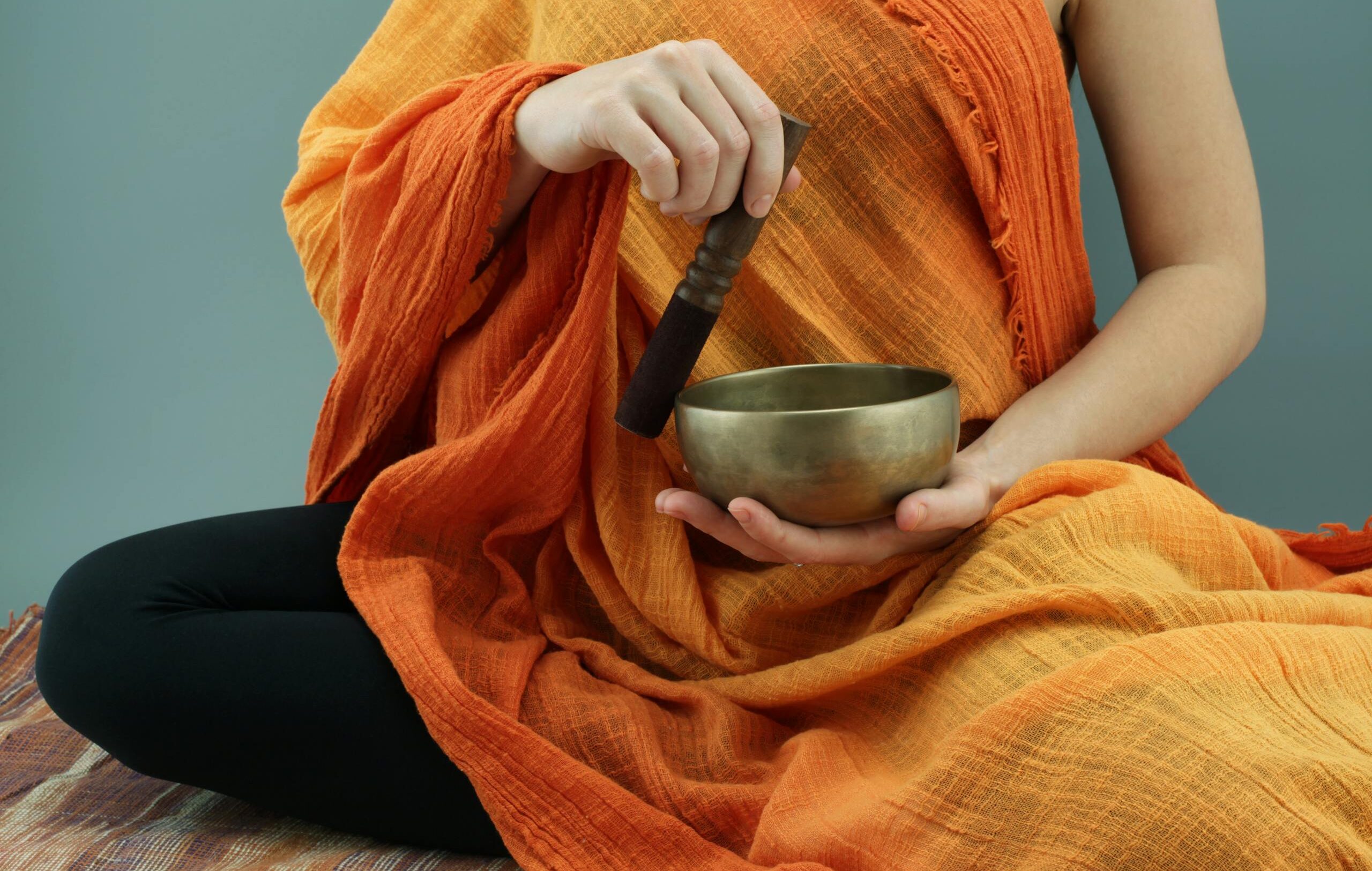
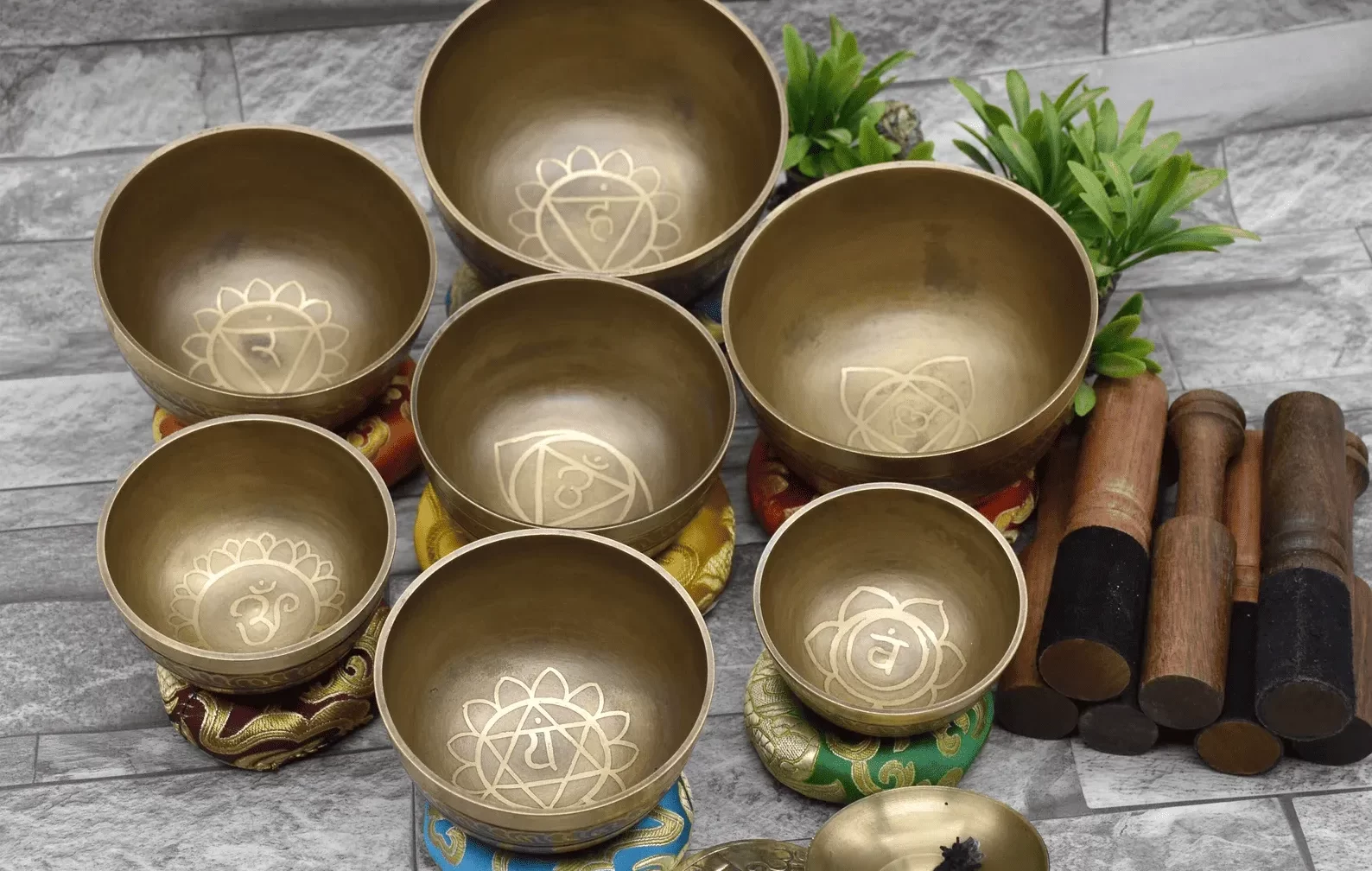

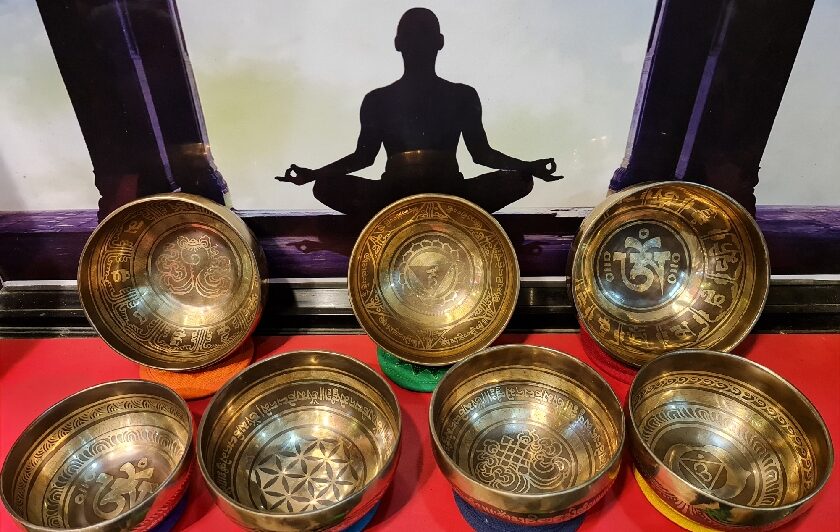
0 Comments